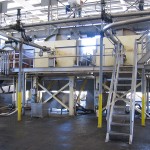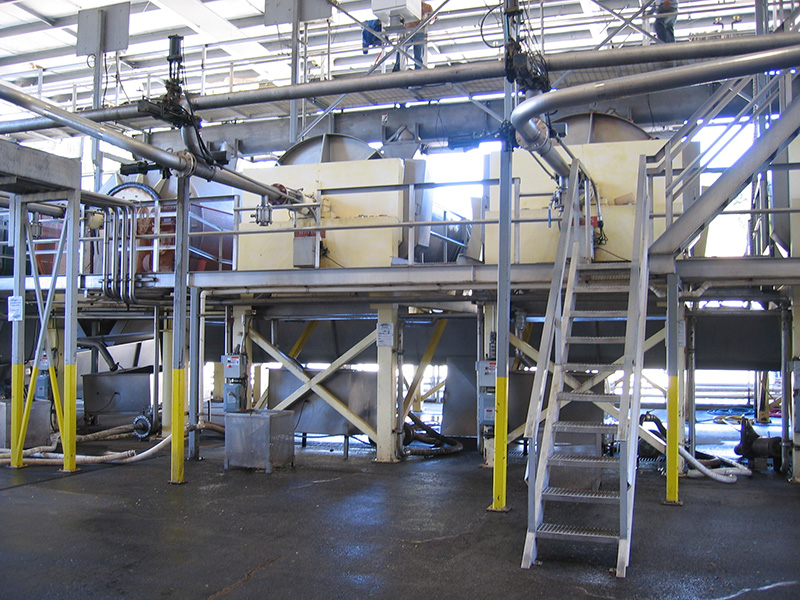 Let’s face it – most of us have never toured an industrial flour mill. Much of the industry has consolidated and flour mill locations like many food production facilities are “far” from our own urban abodes. We spoke to our resident flour commodity expert, Bob Bresnahan, for some 101.
Let’s face it – most of us have never toured an industrial flour mill. Much of the industry has consolidated and flour mill locations like many food production facilities are “far” from our own urban abodes. We spoke to our resident flour commodity expert, Bob Bresnahan, for some 101.
What are the costs that make up the cost of flour delivered to our local supermarkets:
- Bushel price of wheat
- Specific protein level (of the wheat – yes, wheat does have protein!)
- Transportation
- Manufacturing margin (how a flour mill makes money, and is minimal to 1-3 above)
For those of us good at math (or not), here is a flour milling thumb rule:
- One bushel weighs 60lbs.
- It takes 2.3 bushels (or 138lbs wheat) to make hundredweight (short hand is “cwt”) of flour. So, if you watch something on commodities like on Squawk Box, you will be pretty cool to know some of this lingo.
Still with me?
There is a commodity exchange where you buy wheat based on three different wheat varieties:
- Hard Red Winter Wheat
- Hard Red Spring Wheat
- Soft Red Winter Wheat
Each class of wheat has a distinct protein profile resulting in a baking characteristics – so remember that when you bake your cookies or muffins. Each variety can also have varying protein levels from year to year and region to region that affects the finished bakery goods you buy and of course, prices you pay. Did you know:
- Cakes/Crackers – typically use Soft Red Winter Wheat. Average wheat protein of 10% and flour protein of 8.8%.
- Breads, hot dog or hamburger buns – Hard Red Winter Wheat. Average wheat protein 12% and flour protein 10%.
- Anything with a crust (bagels, artisan breads) – Hard Red Spring. Average wheat protein 14% and flour protein of 12.8%.
- Pasta – Durum (protein) similar to spring wheat.
Basically, most commercial bakers’ choice of flour is based off of protein, moisture, and ash levels. You pay a premium for the protein level flour. The premium is added to the futures price of wheat to equal the cash wheat price.

